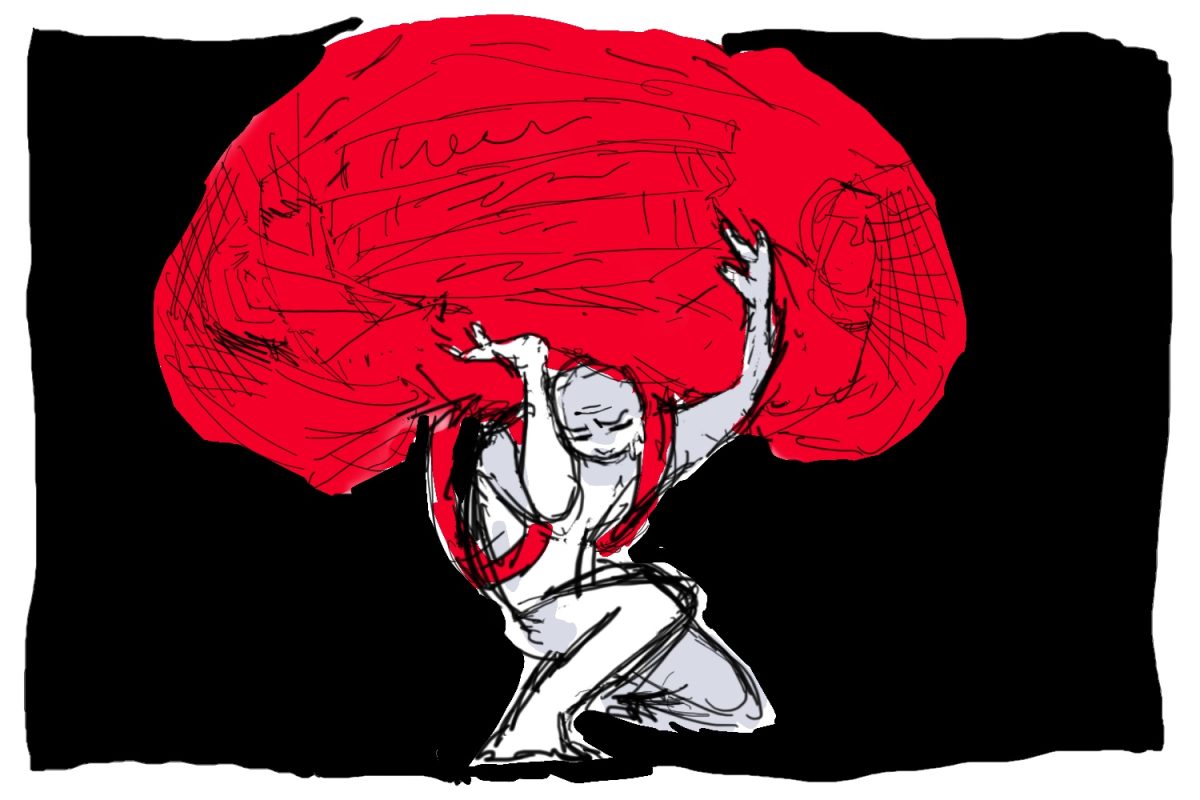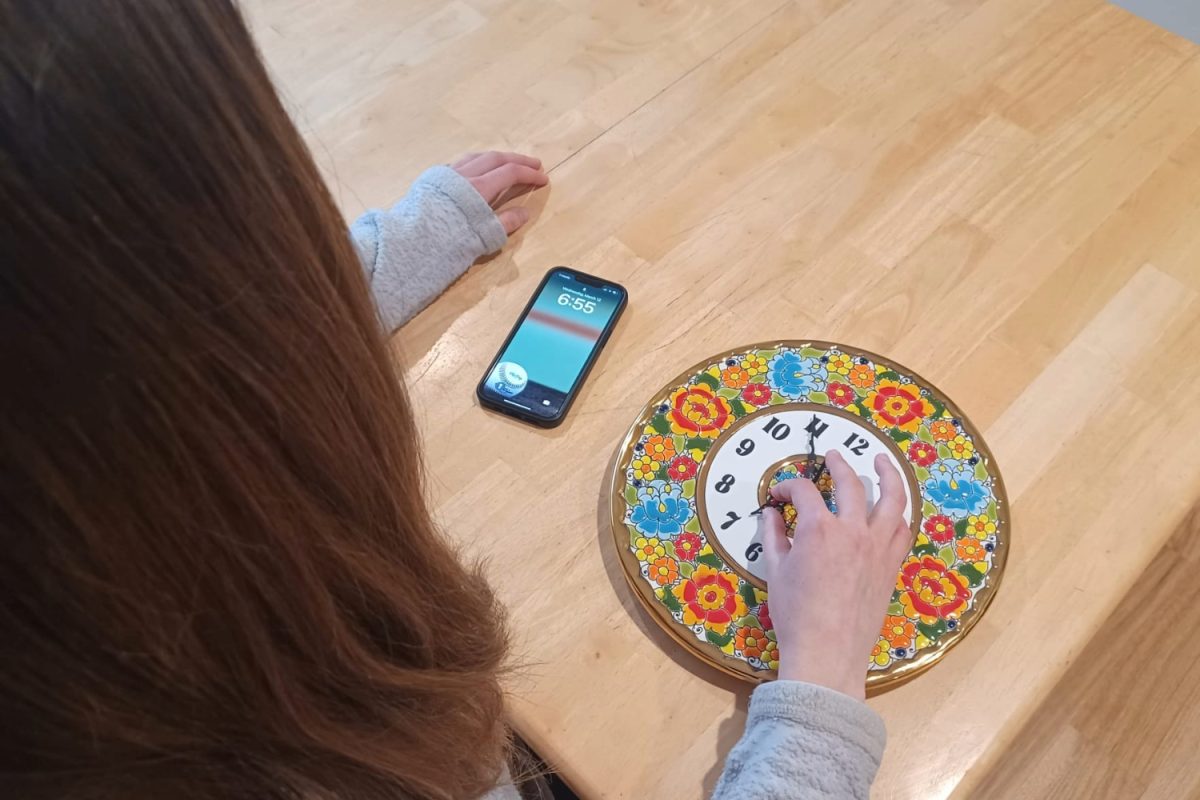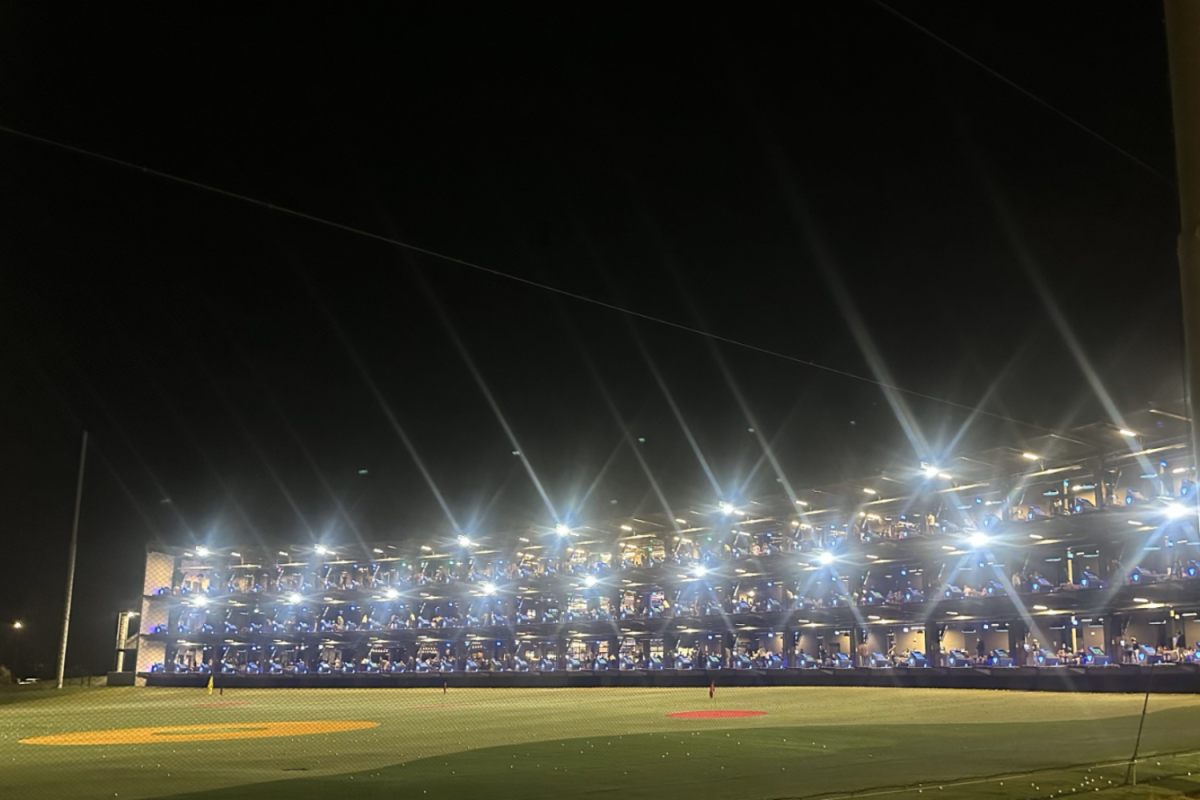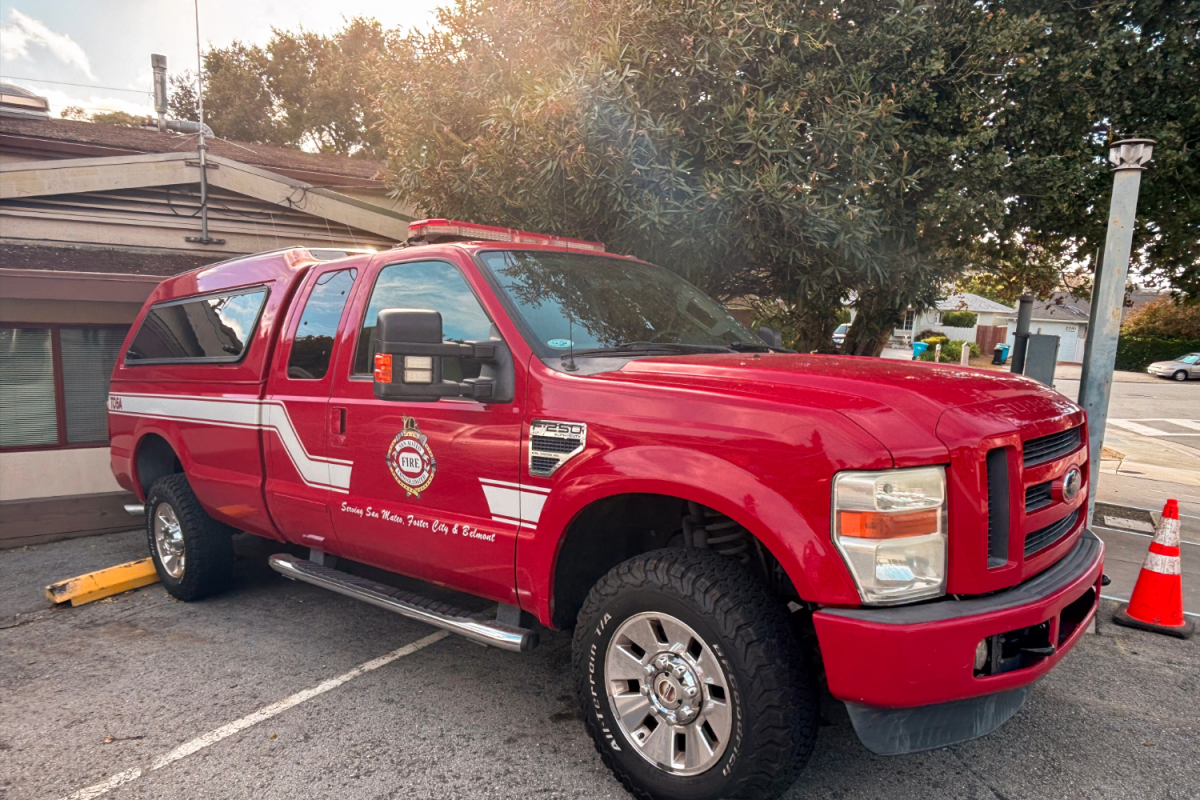Despite a shift to the digitization of educational materials, backpack weight continues to pose a significant threat to teenagers, creating severe consequences for back pain.
According to Sutter Health, a student’s backpack should weigh less than 10% to 20% of their body weight, yet a New York Times study reports that a sixth-grader’s backpack can weigh 18 to 30 pounds.
“A heavy backpack can be catastrophic to spine and shoulder health,” said Blake Kastl, a practitioner at Full Motion Chiropractic at Carlmont Village Shopping Center who reports that students often visit the establishment. “Manual labor jobs are comparable to students who carry backpacks all day. The difference is that the workers are trained.”
Kastl explains how wearing a heavy backpack, especially with poor posture or unbalanced weight distribution, can lead to the neck, which should have a c-shaped curve, shifting to become the opposite orientation.
Backpacks aren’t the only thing that perpetuates student back pain.
With a routine that could comprise of spending hours hunched over a desk, carrying a backpack across campus five to six times, followed by an evening of homework over the computer, and frequent phone usage, students rarely practice good posture.
Carlmont math and Advancement Via Individual Determination (AVID) teacher James Donnelly acknowledges that backpacks contribute to student back pain, but aren’t the only factor.
“Digital learning on a computer or phone can and adversely affect students’ necks, shoulders, and back because nobody has an ergonomic desk in the classroom,” Donnelly said.
Felicia McCarthy experiences severe back pain herself, causing a heightened weariness to the issues that such practices can lead to.
“They are staring at a screen for too long, which can cause separate problems in the future, but I don’t think they should be advised to carry books and their computers. It should be one or the other,” McCarthy said.
Although selecting one style of education would be beneficial in reducing backpack weight impact, the integration of both digital and physical learning materials is imperative to knowledge retention and learning.
“I agree that digital will minimize backpack weight, but I don’t think that’s a cognitively good trade-off. There’s a lot of research that suggests handwritten notes improve brain retention,” Donnelly said.
Further, although they exist at Carlmont, lockers are not commonly utilized by students due to the size of the campus and undesirable or inefficient locker placement.
Oftentimes, long walks, like the F-U walk that’s nearly a quarter of a mile long, deter students from using lockers altogether.
“Lockers aren’t useful for my child because their classes are on opposite sides of the school, so they don’t have time to go from their locker to their classroom,” McCarthy said.
Kastl advises students considering specialized back exercises to visit a chiropractor instead of performing the stretch alone, as it can worsen the initial issue.
“Students aren’t trained to lift and carry backpacks. It’s just what’s expected of them; it’s more that they need to train students how to do it properly,” Kastl said.












